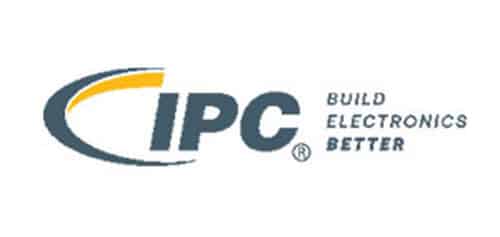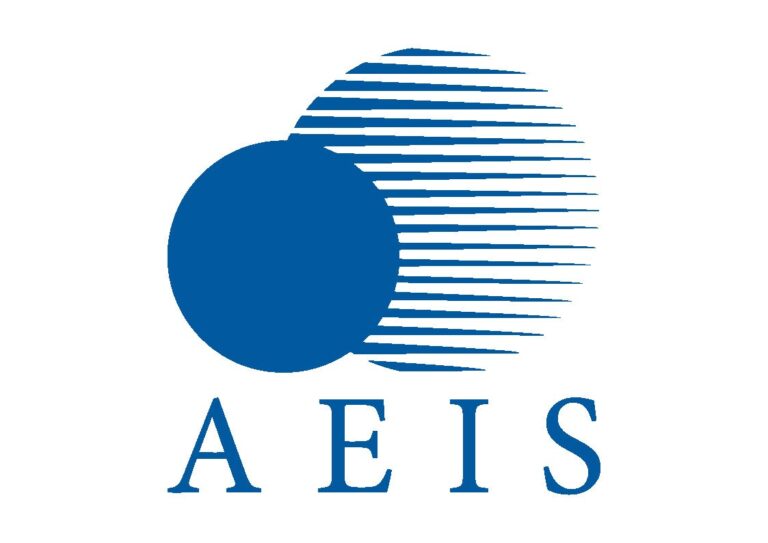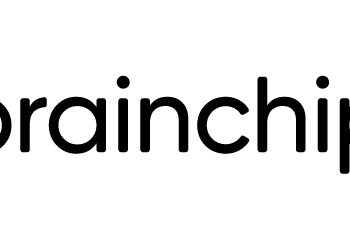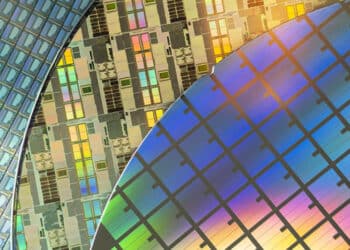The global semiconductor industry powers everything from smartphones to satellites. Amidst this landscape, Japan, once a leader in this industry, is now making significant strides to reclaim its position. This story explores Japan’s journey in the semiconductor industry, its current efforts, and future prospects.
Japan’s Semiconductor Industry: A Historical Perspective
In the late 20th century, Japan was a dominant force in the semiconductor industry. Its companies were known for their innovation and quality. However, competition from other countries and shifts in technology led to a decline in its global standing. The rise of South Korea and Taiwan, coupled with the rapid advancement of semiconductor technology, posed significant challenges for Japan’s semiconductor industry.
However, today, Japan’s semiconductor industry is on a trajectory of resurgence, backed by robust government policies, strategic collaborations, and significant investments from both domestic and foreign players. The semiconductor market in Japan, valued at USD 42.86 billion in 2022, is growing at a CAGR of 9.64% and is expected to reach USD 107.63 billion by 2032. The Japan semiconductor device market alone is anticipated to reach USD 65.38 billion by the end of the forecast period, registering a CAGR of 5.39%.
Revitalizing the Industry: Investments and Policies
To restore its competitiveness, Japan has adopted new industrial policies and made significant investments in its domestic chip industry. Over the last three years, the Japanese government will invest billions of dollars and provided enormous subsidies for joint ventures with foreign companies. These investments are aimed at boosting domestic production and reducing dependence on foreign chips. In late April 2023, the government announced it would provide an additional 260 billion yen ($1.94 billion) to Rapidus “to bolster the company’s research and development operations” (CSIS). Rapidus, a foundry corporation established by Japanese conglomerates specializing in foundry services, is expected to require about 5 trillion yen ($35.1 billion) in investments to begin mass production.
In contrast, the Korean government’s incentives to stimulate semiconductor company investments in facilities primarily revolve around corporate tax reductions, devoid of any subsidies in the form of direct financial reimbursement. Across significant nations like Japan, the United States, European Union nations, China, and India, it’s governments, not private entities, taking the helm in propelling the semiconductor battle.
Collaborations and Partnerships
Japan has departed from practices long ingrained in its industrial policy since the postwar era, shedding restrictions on foreign investment and embracing the operation of major foreign-owned manufacturing facilities within its borders. This shift is evident in the bilateral agreements and collaborations it has established, such as the Japan-U.S. Commercial and Industrial Partnership. This partnership aims to establish a more resilient semiconductor supply chain and promote technological exchange between the two countries.
Key Players: Companies Making a Difference
Major semiconductor companies in Japan, such as Renesas Electronics Corp and ROHM Co. Ltd, are playing a crucial role in revitalizing the industry. These companies are investing heavily in research and development, aiming to produce innovative and high-quality semiconductors. The impact of foreign companies, such as TSMC, on the local economy is also significant. TSMC’s establishment in Kumamoto is anticipated to inject over 4 trillion yen into the local economy across a decade and generate employment opportunities for over 7,000 individuals. The Japanese government’s subsidy, covering 41% of the facility’s 1 trillion-yen investment (approximately 9.14 trillion won), aims to bolster TSMC’s system semiconductor price competitiveness by an estimated 10% within Japan. Simultaneously, Micron Technology, an American semiconductor company, is erecting a next-generation DRAM factory in Hiroshima Prefecture, Japan. Endorsed by the Japanese government, this project secures a subsidy amounting to 39% of the investment. The subsidy’s aim is to potentially elevate the price competitiveness of the DRAM produced at this facility by an estimated 5-7%.
Growth and Future Prospects
The Japanese semiconductor market is expected to follow the growth of the global semiconductor market, with anticipated double-digit growth in the coming years. With the value of the global semiconductor market expected to swell to $1 trillion by 2030, Japan is well positioned to serve as a manufacturing hub. This growth is driven by the increasing demand for semiconductors in various sectors, including automotive, consumer electronics, and telecommunications.
Challenges and Roadblocks
Despite these positive developments, Japan faces several challenges. It lags behind global technological leaders by an estimated 10 years and is heavily dependent on imports from South Korea and Taiwan. Over 64.2% of its chips are usually imported from these countries, leaving the country vulnerable to supply chain disruptions. Moreover, Japan has faced challenges in shifting business models from traditional vertical integration (IDM) to horizontal division of labor (fabless/foundry).
Government Initiatives and International Relations
The Japanese government has enacted several initiatives to revitalize the semiconductor industry. This encompasses the establishment of the Leading-Edge Semiconductor Technology Center (LSTC), mirroring the U.S. National Semiconductor Technology Center (NSTC), as a public research organization. Additionally, the government’s enactment of the Economic Security Promotion Act (ESPA) mandates Japanese companies to factor in economic security while making decisions. These initiatives mirror Japan’s dedicated commitment to reclaiming its stance within the global semiconductor landscape.
Over the last three years, the Japanese government has been investing billions of dollars in its domestic chip industry and providing enormous subsidies for joint ventures with companies from Taiwan, a crucial semiconductor supplier, and the United States (US). At the first meeting of the bilateral Japan-U.S. Commercial and Industrial Partnership (JUCIP) on May 4, 2022, both parties reached a consensus regarding the “Basic Principles on Semiconductor Cooperation.” This agreement delineated a vision aimed at collaborating on objectives and strategies, particularly focusing on fortifying a more robust semiconductor supply chain.
The consortium members, including Japanese high-tech and financial firms such as Toyota, Sony, NTT, NEC, Kioxia (Toshiba), Softbank, Denso, and Mitsubishi UFJ Bank, are expected to constitute an initial market for the output of the consortium. This consortium represents a significant step towards creating a robust semiconductor ecosystem in Japan.
These figures and investments highlight the significant strides Japan is making in revitalizing its semiconductor industry. With its strategic initiatives and collaborations, Japan is well-positioned to reclaim its position as a global leader in the semiconductor industry. The rising sun in the global semiconductor landscape is indeed a fascinating development to watch.









